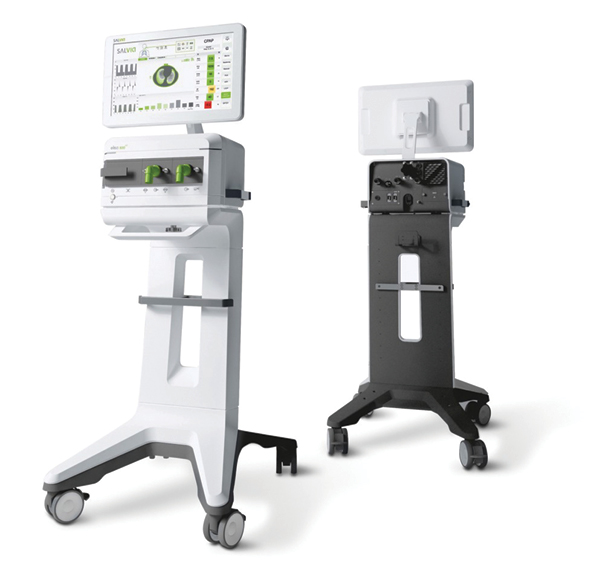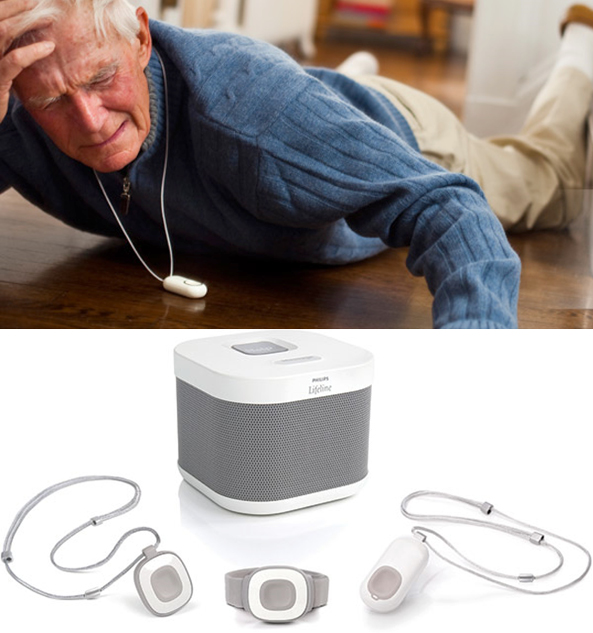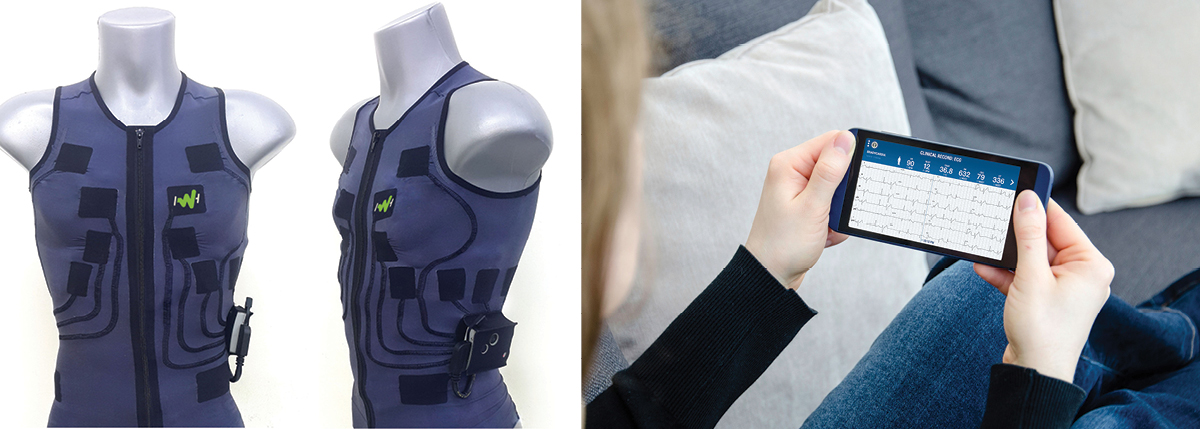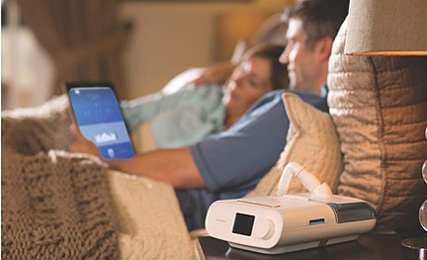The world’s leading trade fair for the medical industry recently took place in Düsseldorf, Germany had welcomed over 5,100 representatives from 70 different countries who showcased their latest medical technologies and products. In comparison with consumer products, the medical device industry takes longer to respond to new technologies. A medical product requires long development process, in addition to design and engineering, it requires testing, medical experiments, and strict regulation. The products we begin to design today will be released to the market only after two to three years of intensive development; therefore, we need to recognize and anticipate today’s trends, to manufacture products that will meet the standards of future medtech markets. With this thought in mind, we set out to attend the fair; here are the top trends for 2017:

1. I am a Medical Gadget – With new developments coming out every year, electronic products maintain their position at the forefront of technology. The design characteristics of electronic gadgets are influencing medical product design with a look that become synonymous with technological innovation: Simple geometric shapes with round corners and clean lines (iPhone anyone?). Another prominent characteristic are strong color contrasts: black and white combinations are very popular or a combination of dark and light grays for a subtler look. Another popular option is monochrome with strong, lively colors such as light blue, apple green, etc.
2. Screens, Screens and More Screens – New medical devices are boasting advanced screens with high quality image and companies compete with one another on the quality and size of the system’s display. Use of Hardware controls is decreasing and in their place, comes the touch screen interface. The new graphic user interfaces and operating systems are required to meet the same standards as cellular applications in terms of UX/UI, visual effects, graphic design and user friendliness.

3. Hospital at Home – Life expectancy is rising worldwide and with it the population of senior citizens who are pursuing an active, quality lifestyle alongside chronic illnesses. In addition, a trend of home hospitalization is developing in the Western world – patients are being released from the hospitals and continue their recovery at home with their families. This allows patients more comfort while also relieving the loaded health system. A variety of medical products have been developed in response home therapy needs –from sleep disorder therapy products through domestic respiration devices and portable IV pumps. The design centers the home use of the product, focusing on usability and simplicity for the non-professional user.
4. Wearable – Wearable products that monitor vital signs have been a global trend for several years now. The advanced miniaturization capabilities enable companies to develop miniature sensors and miniature medical devices. Heart Rate Monitor (HRM) watches or step counter watches have already become familiar worldwide, with many companies trying to develop wearable sensors capable of sampling additional matrices on a clinical level for example: blood sugar level, blood pressure, and arrhythmia. The new wearable are made/ manufactured for daily use and monitoring over time. They are designed either as a fashion accessory, or as a hidden object to conceal under the cloth. The information gathered is transmitted to the user’s smartphone and the application gathers the information, monitor it and is also capable of alerting the user in case of any irregularity. while the doctor can benefit of continuous, quality, up-to-date information measured over time.


5. IoT – The global trend of the Internet Of Things is entering slowly to medical world. It appears that small companies in this field are finding it difficult to identify and realize the potential. Larger companies such as Phillips, on the other hand, have already introduced several IOT-based products and appear to be the leaders in this emerging field.
6. Big data – Big data refers to the evolving capability of computers to accumulate large amounts of information, analyze it, and draw conclusions. One of the Phillips representatives we met at the fair explain that though a lot of information is being collected not many know what to do with it. An interesting example of data analysis technologies in use for medical purposes is the Israeli company Mediel. Medial has worked in collaboration with Maccabi Healthcare Services who provided blood count database of about a million patients, (anonymous of course) and with the National Cancer Registrar -a body in the Israeli Ministry of Health that registers cancer patients. The company developed an algorithm that scanned that large amount of information and detected a correlation between a particular hematology of the blood, and developing colon cancer. Thus, the disease could be identified early, or even predicted. These days, the company is continuing development to find ways of early detection of various types of cancer, as well as additional areas such as prediction of cardiological problems in post-catheterization patients.
7. China’s Changing Medtech Market – China’s medtech market is expected to emerge as the second largest in the world by 2020. Indeed, in this year’s exhibition the large number of Chinese companies was notable, displaying products and technology to meet international standards. There is a rising demand in China for health care products and services; The Chinese market has begun to use Western medicine, and some of these products are already developed in China. The Chinese companies present a wide range of products, using up to date design, in various medical areas, and offer collaboration in development and production (for example, companies such as Mindray and Haier). High costs of modern medicine are becoming a greater issue around the world and Todays health systems are looking for product that are not only safe and effective but also affordable. The entry of Chinese players into the industry, with cheaper production capabilities in the Far East, is expected to affect medical service prices in the coming years, with serious implications for western competitors.
The main trends of the medical industry are greatly influenced by world’s digitization. The digital evolution is affecting products in all fields around the world. Today, patients have access to online medical information, they learn about their condition and are more involved in decision making and treatment. Digitization enables on line medical care, treatment at home and enables each person, whether healthy or ill, to improve their life quality. Design and user interface, resembles consumer products, and create familiarity and ease of use. the information accumulated and analyzed by the digital tools improves our ability of early disease detection and prevention of future illnesses. While more and more communities around the world are joining in.
We at Aran, as a leading development company, study these trends in order to assist our customers in realizing the potential inherent in them and design today the medicine of the future.
Article by: Meytal Baron, Senior Designer, Aran

